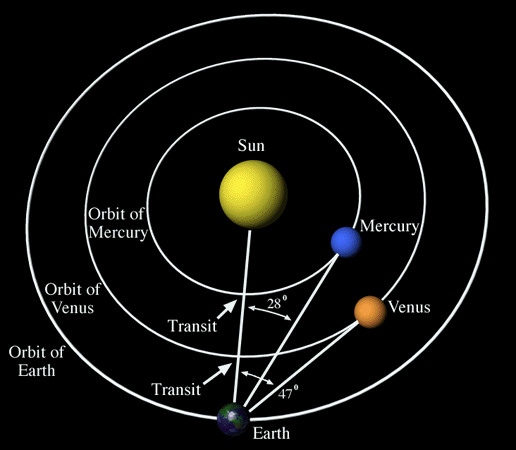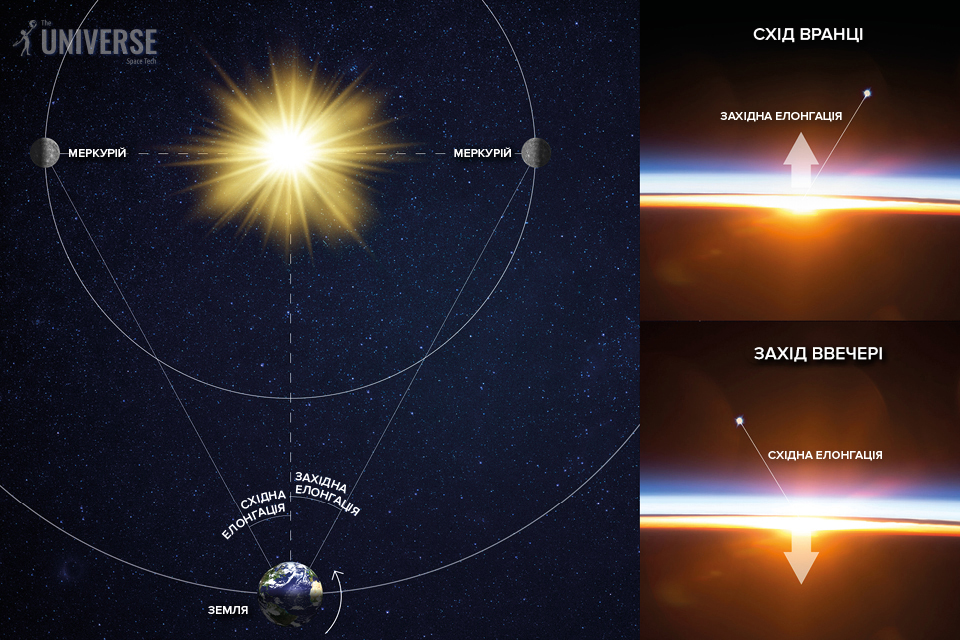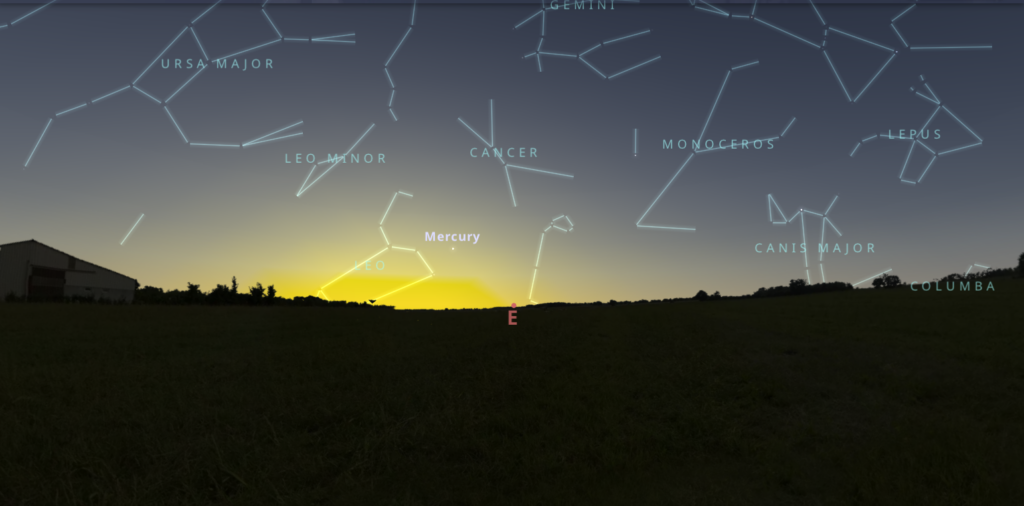Mercury’s proximity to the Sun is the main reason why we can’t see it that well from Earth. This is expected to change on September 5 when Mercury reaches its greatest western elongation. This means that the tiny planet will be easily observable before sunrise.

Why is Mercury so difficult to see from Earth?
It can be extremely challenging, sometimes almost impossible, to observe Mercury from Earth. The planet’s size has nothing to do with it, and it’s more the issue of its proximity to the Sun.
Mercury spends most of its time positioned either between the Earth and the Sun or hiding behind the star. This means that you can only spot it in the sky either after sunset or before sunrise. This phenomenon even caused some confusion for the ancient peoples, who believed that they were seeing two separate celestial bodies.

However, on September 5, Mercury will be at the greatest western elongation, which can have quite a profound effect, and you even can even see the planet for yourself. In the clear morning sky, it will shine as a bright yellow star. We see it in this color due to the scattering effect that occurs when blue light passes through the Earth’s atmospheric layer. If you have a telescope, you might be able to observe Mercury’s crescent phase. At 45% illumination, the planet will resemble the first-quarter Moon.
Eastern and western elongation
The term elongation describes the angle between the Sun and Mercury as seen from Earth. It’s measured in degrees and minutes. Depending on Mercury’s position in relation to the Sun, elongation can be classified into eastern and western.
Eastern elongation allows us to see Mercury in the evening. In this instance, the planet follows the setting Sun but lingers after sunrise, allowing us to see it in that brief moment.

Western elongation gives us a chance to see the Mercury early in the morning. In this case, it travels slightly ahead of the Sun, overtaking it in our sky by a few minutes. The innermost planet is currently at the western elongation, so the best time to catch it would be before sunrise.
It takes Mercury 88 days to complete its orbit, but since the Earth is moving as well, we see the tiny planet pass between us and the Sun about every 116 days. Eastern elongation occurs before Mercury reaches this position, and western elongation is observed after.
Why is September 2024 elongation so special?
Why is September 2024 elongation so special?
This year has already seen four greatest elongation events — two eastern, and two western. The angle of elongation varies between 18° and 28°. On September 5, it will reach 18.1°, so the planet’s angle of separation will be very close to the lower limit, though it won’t affect our ability to see it.
Mercury moves almost perfectly in line with the ecliptic plane, so the best conditions for its observation will be on days when the angle between the horizon and the ecliptic is at the steepest — on spring and autumnal equinoxes. The horizon-ecliptic angle is at its steepest during fall sunrises, and the same goes for springtime sunsets.

Over the next few days, Mercury’s waxing phase — the part illuminated by the Sun and visible from Earth — will gradually increase its brightness, while the planet’s angle will decrease. This will make Mercury visible until about mid-September, provided you have access to a clear, unobstructed skyline.
The next greatest elongation will occur on November 16. This eastern elongation will be fairly difficult to see due to Mercury’s shallow angle of only about 5° at sunset.
On December 25, the smallest planet will once again reach the greatest western elongation, this time at a steeper angle of 22° rather than the current 18°. Unfortunately, it won’t improve Mercury’s visibility. This is largely due to the event’s timing. The elongation will occur around winter solstice, so both the Sun and Mercury will be moving at a shallower angle to the horizon, reducing the latter’s visibility compared to current September conditions.


